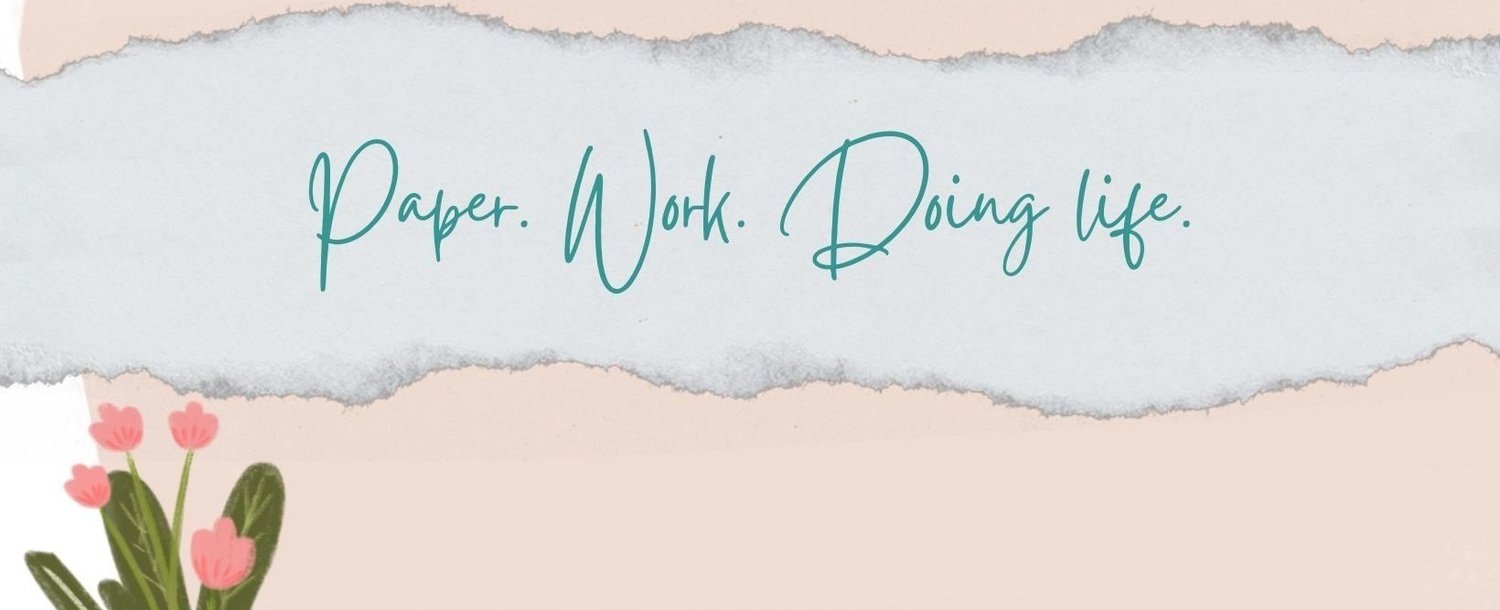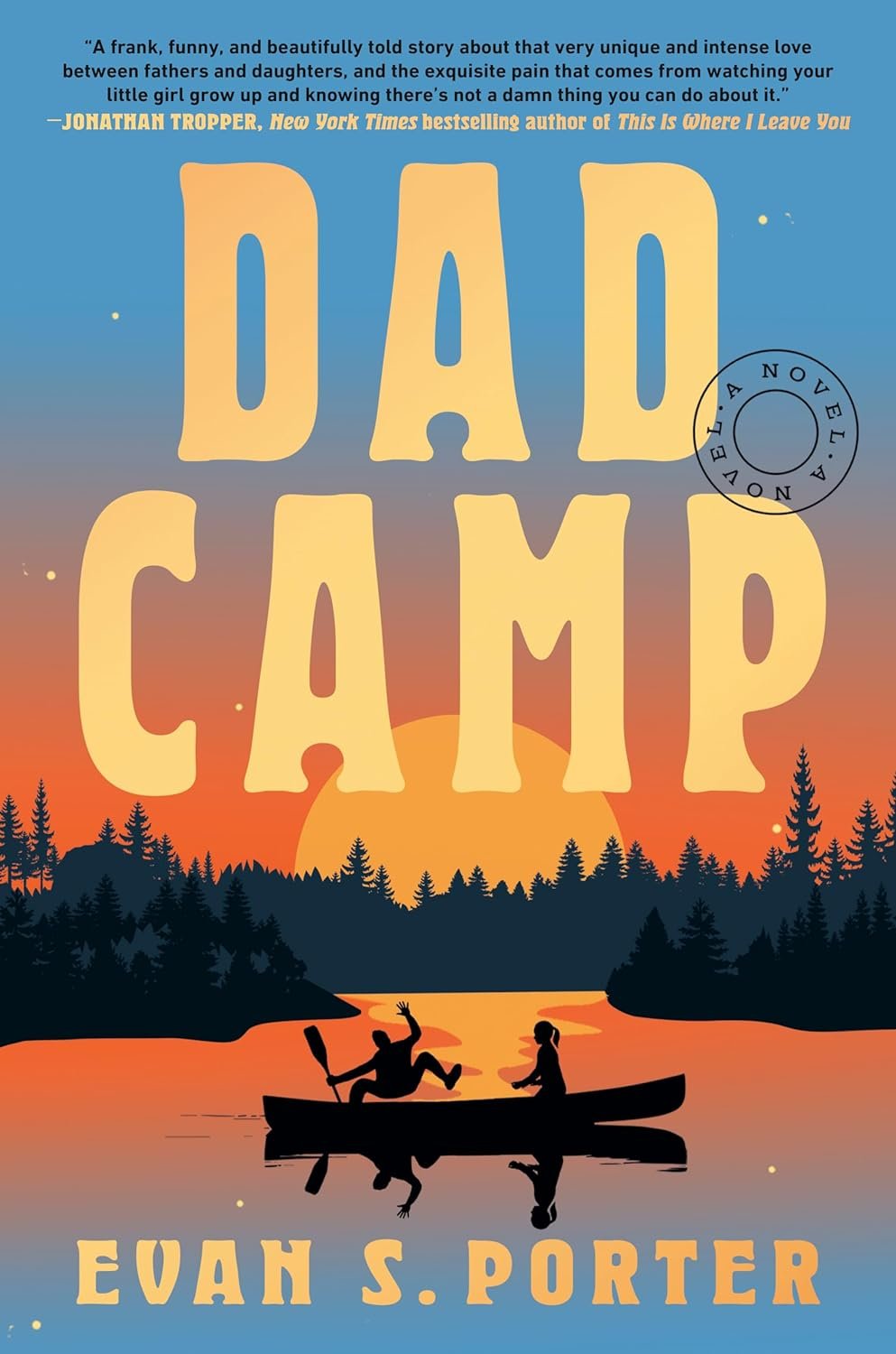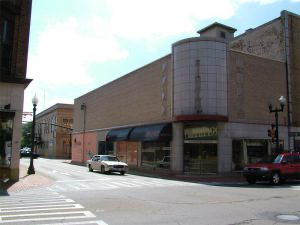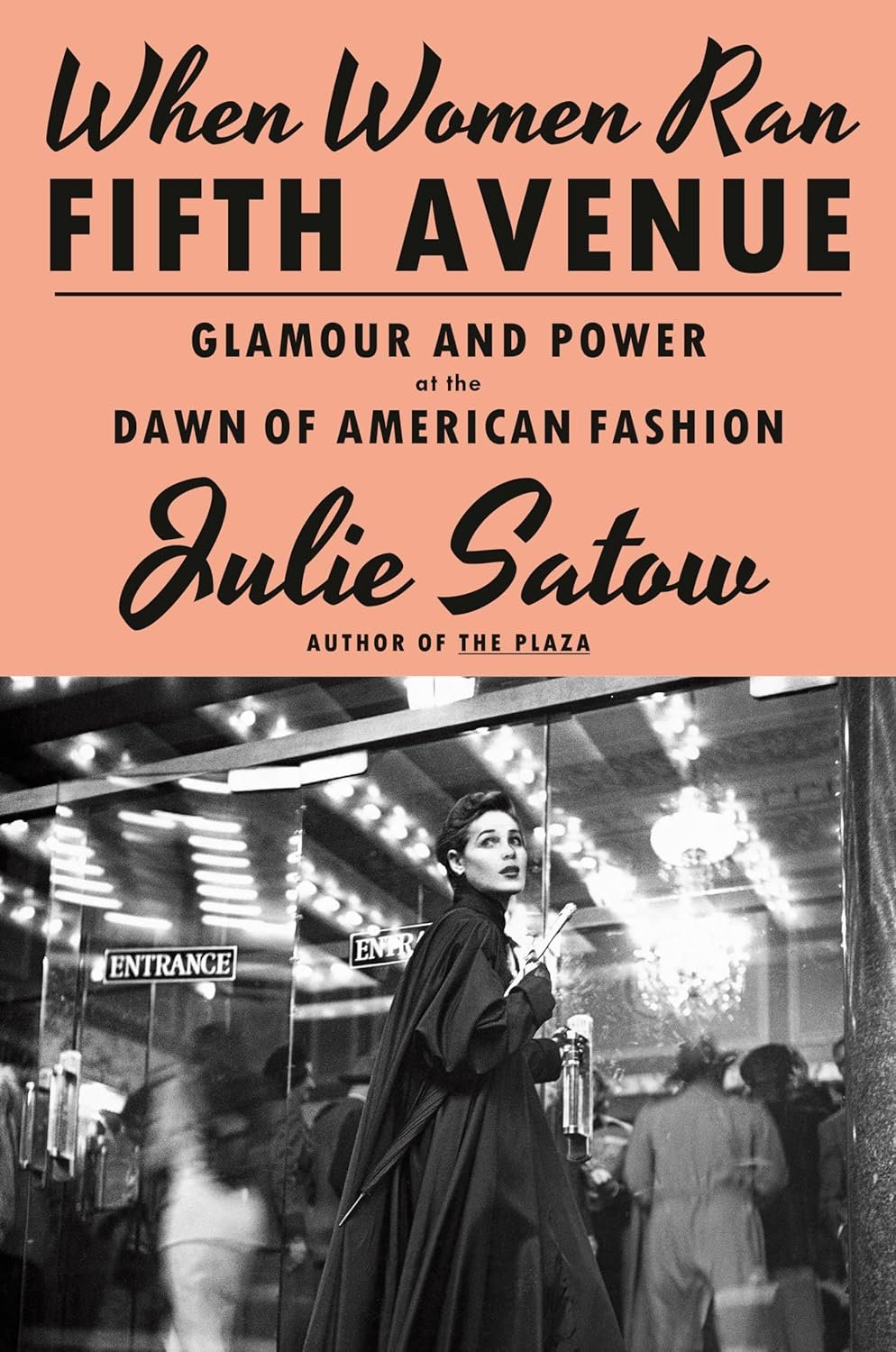Nice Work, Nora November - Julia London
Genre: Contemporary, Coming of Age, a bit of Romance
What a fun, thoughtful, and delightful read Julia London’s Nice Work, Nora November is. Nora November is recovering from a near drowning experience. She creates an anti bucket list and she tries to overhaul her life which she quickly remembers is just not that happy. She has suffered from depression and has lost strong relationships with some she loves through it - including her sister and cousin. She has met the perfect man as a hostage in an armed robbery and lost his phone number. She hates working as a lawyer in her father’s law firm. She does not follow through on her promise to maintain her late grandfather’s garden plot in a community garden. So…she vows to work on the garden, to learn to cook, to play basketball, to renew relationships, and to find the lost Jake. Her journey has its ups and downs but is a joy to read. The copy I read was narrated by Karissa Vacker who brought Nora to life for me!
And, of course, Nora is what I loved most about this book. I am clearly a character driven reader. Nora is baffled at the beginning of the book; she can’t remember much of what led to her near death experience, but boy is she determined to change her life. She isn’t wallowing so much as figuring out what will make her happy moving forward. And listen, she doesn’t have a built in support system. She has alienated her sister Lacey and her cousin Walter. She has nothing in common with her social climbing, career oriented parents. Oh her dad is deliciously hateful. She misses her grandfather - who accepted her unconditionally - so much. But what is beautiful is that through her chaos and a variety of mishaps, some more serious than others, she builds a new family: Kathleen who harrasses her in the community garden, Willow who is an unwilling partner to her mom at cooking class, Nick from the garden center. And while she doesn’t know it, she is circling closer and closer to Jake who has inherited a garden plot from one of his dying patients. Small world, right? And slowly Nora is working to repair her relationships with Lacey and Walter. I loved all of the people and all of the shenanigans. London expertly develops and manages it all - walking Nora forward in a believable way.
I feel a little bored by my musing on my dislike of change. But gosh, I really do admire Nora’s desire to create a life that she loves. Her depression is portrayed honestly - right down to losing a therapist for insurance reasons - and being shamed over medication. Yet, it does not control the narrative or her life. I love that approach - not lighthearted, but hopeful. I am a huge fan of the list approach. I am list driven. I have always done better at work and on a project with lists. The checking off of items, I love it. And yet, yet, I’ve done few lists in this my first year of being retired from full time work. I’m not a trained counselor, so I won’t try to figure that out, but perhaps a list or two wouldn’t go awry for me. (Dear google, I see the blue underlines for my style choices. I’m doing it anyway.) Finally, I respond to praise - always have; I could explain why, but who has the time? Teacher observations? Way more stressful than the kids and the curriculum. Maybe I do miss the feedback though? Anyway, when Julia London gets us to the “nice work” part of Nice Work, Nora November, I could only think well done. Well done - what a book!






